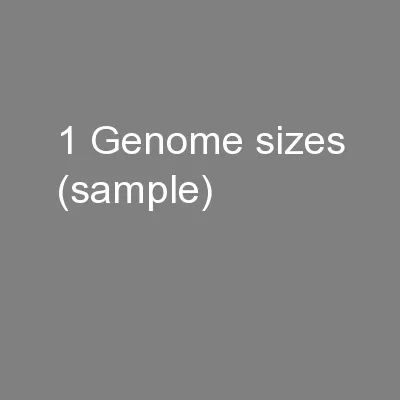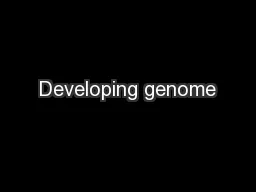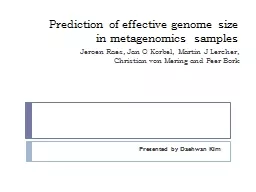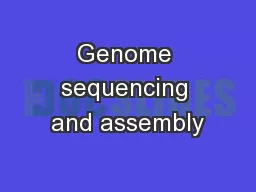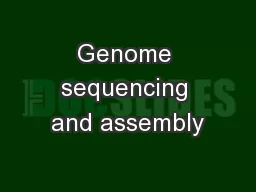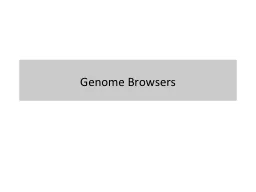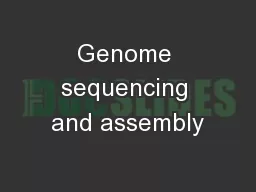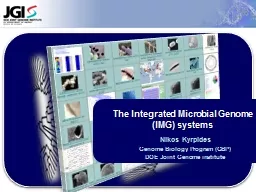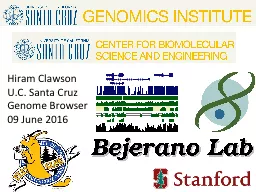PPT-1 Genome sizes (sample)
Author : myesha-ticknor | Published Date : 2016-06-12
2 Some genomics history 1995 first bacterial genome Haemophilus influenza 18 Mbp sequenced at TIGR first use of wholegenome shotgun for a bacterium Fleischmann
Presentation Embed Code
Download Presentation
Download Presentation The PPT/PDF document "1 Genome sizes (sample)" is the property of its rightful owner. Permission is granted to download and print the materials on this website for personal, non-commercial use only, and to display it on your personal computer provided you do not modify the materials and that you retain all copyright notices contained in the materials. By downloading content from our website, you accept the terms of this agreement.
1 Genome sizes (sample): Transcript
Download Rules Of Document
"1 Genome sizes (sample)"The content belongs to its owner. You may download and print it for personal use, without modification, and keep all copyright notices. By downloading, you agree to these terms.
Related Documents

